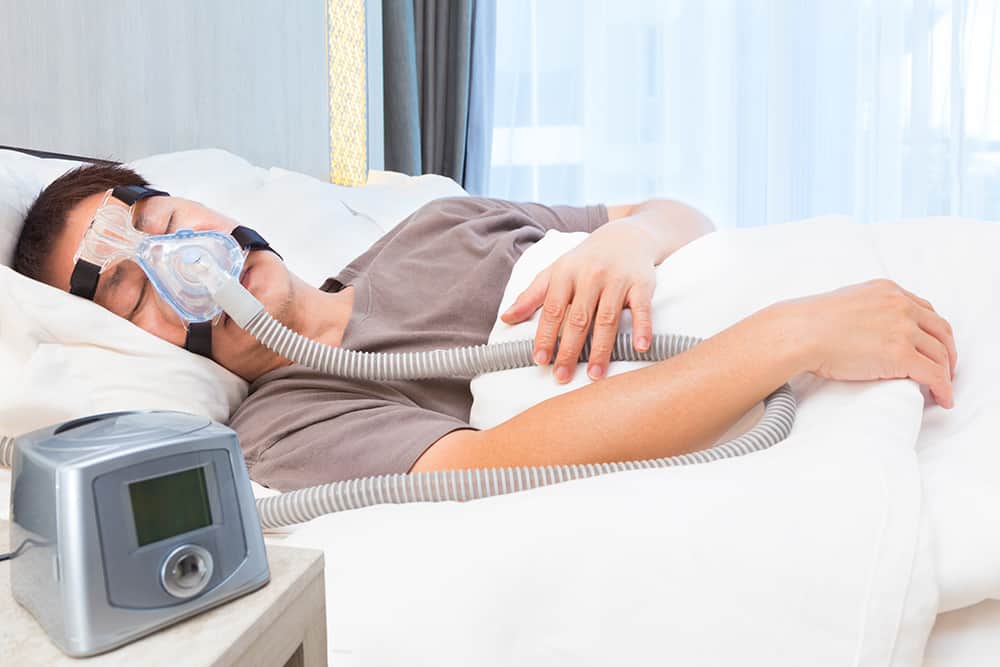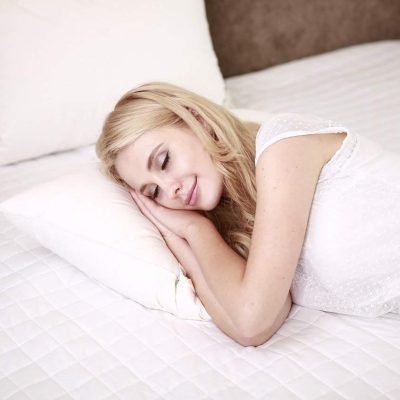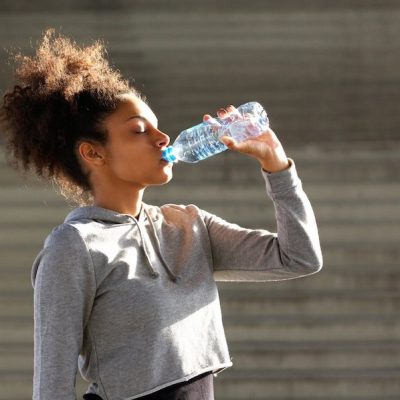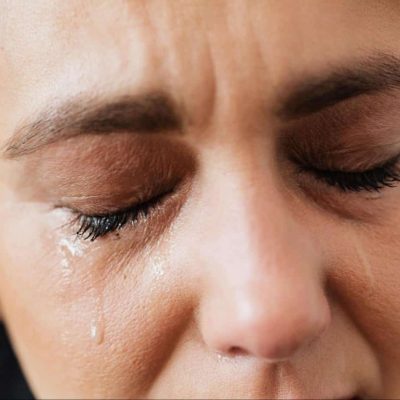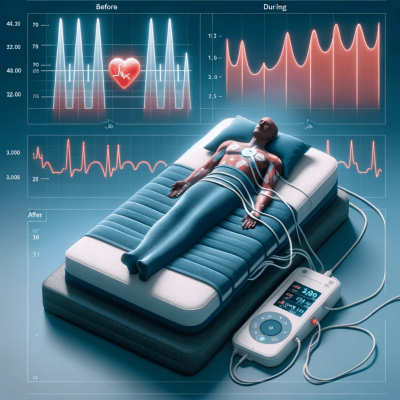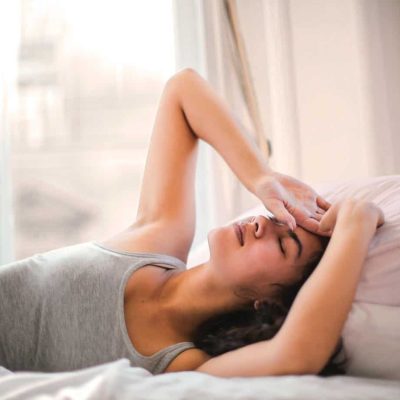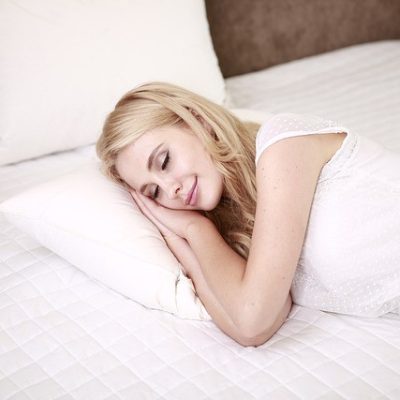Sleep is an essential function your body needs to recharge, energize, and maintain health. Did you recently find out you suffer from sleep apnea? If so, you know that it is vital to treat sleep apnea right away because temporary lapses in breathing could lead to cardiovascular issues. Buying a CPAP machine, or Continuous Positive Airway Pressure machine, is necessary to increase air pressure in your throat to prevent a collapsed airway.
It can feel frustrating having sleeping problems, and it can be a hard adjustment to start using CPAP Equipment. However, knowing what to do, such as purchasing proper masks and CPAP sanitizing bags, can make your transition much smoother. If you are new to sleep apnea, here are seven tips you should follow when using CPAP equipment.
Table of Contents
Toggle1. Purchase Cleaning and Sanitizing Equipment
You must clean your CPAP machine properly because the water in the machine is a breeding ground for bacteria. The moisture in the mask and hose can contain germs that you do not want to inhale into your system.
A CPAP sanitizing bag is a great way to check that all the bacteria gets dispelled from your equipment. Some CPAP sanitizing bags are suitable for travel or at-home use. You’ll want to replace the bags every 90 days.
You should invest in CPAP sanitizing bags because they are an easy and efficient way to take care of your health. You also can check out the best CPAP cleaner to see which kind of CPAP sanitizing route works best for you.
2. Practice Wearing Your Mask While Awake
It can feel uncomfortable and annoying to wear a mask over your face when you are trying to fall asleep. To ease yourself into the habit of wearing your CPAP equipment, you should practice wearing it while you are awake.
If you are doing something relaxing like watching television or listening to music, put on the mask. It will let you get an impression of how the mask will feel on your face. Testing this new sensation while awake will help you feel more in control over having something pressed to your face while you’re asleep.
3. Wear CPAP Equipment During Naps
Another approach to becoming adjusted to wearing CPAP is to practice wearing it when taking a nap. Even a short nap can still cause apnea, and it could leave you vulnerable. Getting used to your CPAP device sitting and doing an activity is different from lying down in a sleeping position.
Some devices also have a ramp setting that you can program to increase the air pressure gradually and get you acclimated to a new sensitivity. The goal is to fall asleep before the air pressure hits, so you can fall asleep without distractions.
4. Purchase a Mask That Fits Your Face Shape
People’s faces come in all different shapes and sizes. There is a range of different CPAP mask sizes and styles to choose from that fit your face type, from full-face masks to just nasal masks.
Choosing a CPAP mask also depends on your comfort level. Some people may stay away from full masks as it may make them feel claustrophobic; others may prefer them so that they can move around more in their sleep.
You should take measurements of your face to ensure you purchase a correctly-sized mask to avoid skin irritation. You will then be able to have airtight seals without the mask fitting awkwardly.
5. Check for Any Leaks
A mask may be leaky if the fit is not tight enough. It can cause gaps around your face, leaving space. An older mask may also produce leaks as the silicone could become soft and thin, creating cracks or holes. This can cause a skin rash or itch.
Additionally, dirt and essential oils from the skin build up over time and can cause leakage. That is why it is essential to use a CPAP sanitizing bag to clean away any muck that could cause issues, such as a leak.
All masks will have the potential to leak. If the problem is persistent, you may need to try a new mask style or replace the old one. If you like your mask, you also can try using nasal pads or mask sealers and lubricants to help the mask fit more firmly on your face.
6. Avoid a Dry Nose and Mouth
Leaks in the mask can cause your nose to feel dry. Using a heated humidifier attachment can reduce a dry nose. Another trick to reduce a dry nose is to use a nasal spray before bed.
Breathing through your mouth can also cause it to feel dry, and some CPAP devices can worsen it. There are some CPAP tricks and accessories you can buy to try to minimize dry mouth. If you wear a nasal mask, attaching a chin strap can help close your mouth and reduce any air leaks. Or you can switch mask styles to a full-face mask that covers the nose and mouth.
7. Purchase a Model with Reduced Noise
If you sleep in the same bed as your spouse, they may find the sound of your CPAP device to be bothersome and an irritating sound in which to try to fall asleep. It is best for you and your partner to buy a machine model with a low decibel rating. Every device is going to have some noise, but some brands are almost silent.
Sometimes a little background noise, or white noise, can diminish the sounds that stimulate your brain and help you fall asleep. If there is a loud, persistent noise, try cleaning the air filter to make sure it doesn’t have any blockages. If that does not help, you can try wearing earplugs or put the machine far away from the bed.
Conclusion
It is essential to get a full night’s sleep. Having sleep apnea could prevent good sleep or, worse, could be a threat to your health. If you are new to using CPAP equipment, remember to make sure you have a correct size mask to prevent leakage and a CPAP sanitizing bag to prevent bacteria. Start feeling well-rested today.
Additional Resources:
Read the guide on the best portable oxygen concentrators in 2022

